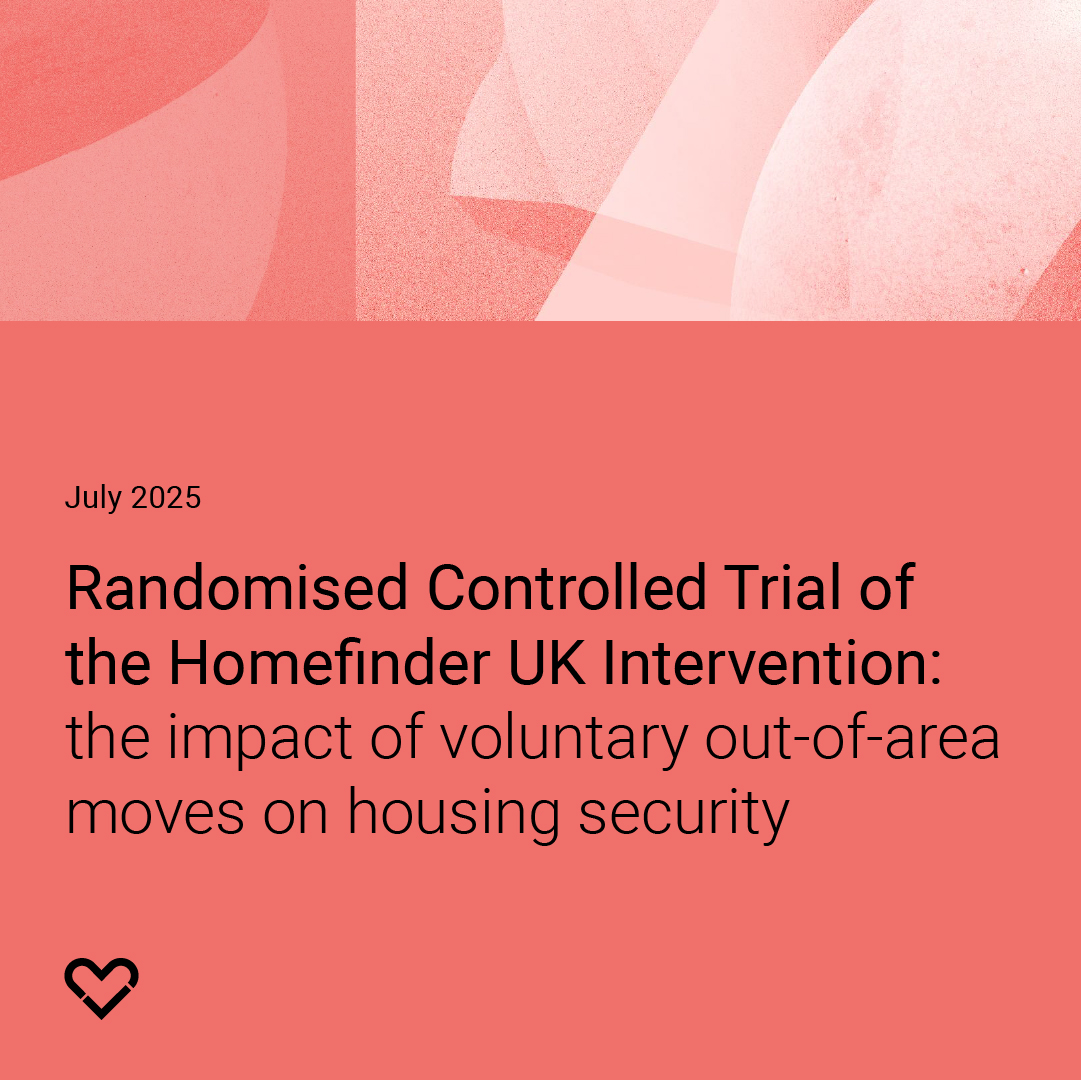Spending on Temporary Accommodation: is it Value for Money?
The number of people experiencing homelessness placed in Temporary Accommodation (TA) has risen significantly in recent years in England as well as in Northern Ireland, Scotland, and Wales. This is placing considerable pressure on the finances of local authorities. Yet, despite the magnitude of this pressure, we know that there are significant gaps in the data that is available on the costs of TA.
We have sought to shed light for leaders in national and local government on the gaps in data around TA and its costs.
This paper uses our analysis of the data available to help further understand the trends that appear to be occurring in spending on TA and its use.
Findings:
The cost of Temporary Accommodation (TA) is at record levels and is now becoming a real threat to the financial viability of some Local Authorities (LAs). The lack of reliable data on TA expenditure makes it hard to develop homelessness policy that is truly based on evidence.
Total spending on TA is likely to be under-reported. Total reported spending in England 2023–24 on TA was £2.29 billion. Real costs of TA are likely to be closer to £2.42 billion.
More of the financial burden of spending on TA has switched from central to local government. Reported net expenditure on TA by LAs rose from £479m in 2018–19 to £1,058m in 2023–24. This means that the level of net spending on TA by LAs has risen by more than 80% in real terms over this period. Even more strikingly, net expenditure on TA rose in cash terms by 54% in 2023-24 alone.
Some regions of the country get better value for money from their use of TA. In London, for example, TA unit costs are estimated as being 15% more than the local private rented sector, while in Yorkshire and Humber unit costs are three times the local private rented sector.
Some forms of TA represent much better value for money for different parts of government. Bed and Breakfast accommodation for families, for example, is very expensive for local government. LA hostels are more expensive for central government and less expensive for LAs, because of the way they are funded.
Recommendations:
Ministry of Housing, Communities and Local Government (MHCLG) should develop, in consultation with local authorities, a good practice data input model for the expenditure returns that local authorities make to central government regarding homelessness and temporary accommodation (known as RO4 returns.) This should set out in more detail the expected accounting practices to be used.
MHCLG should also develop a system of scrutiny and cross checks to improve the quality of published TA spending data.
MHCLG should combine H-Clic and RO4 data returns to produce unit cost data on TA expenditure for each local authority. This should be published to allow local authorities to compare the value for money they are achieving with neighbouring councils.
LAs should ensure that their reporting of TA expenditure and income is accurate and that the TA categories they use for H-Clic reporting correspond with the TA types they use for Revenue expenditure reporting.
LAs should invest in recruiting, training and developing staff who are able to use data as an analytical resource and a means of measuring their performance.
Government should review the combined impact of its policies on housing benefit subsidy and grants, to assess whether it is encouraging local authorities to make choices on the types of TA they use, which represent value of money for the public purse as a whole and which offer the best opportunities for households experiencing homelessness















.jpg)

